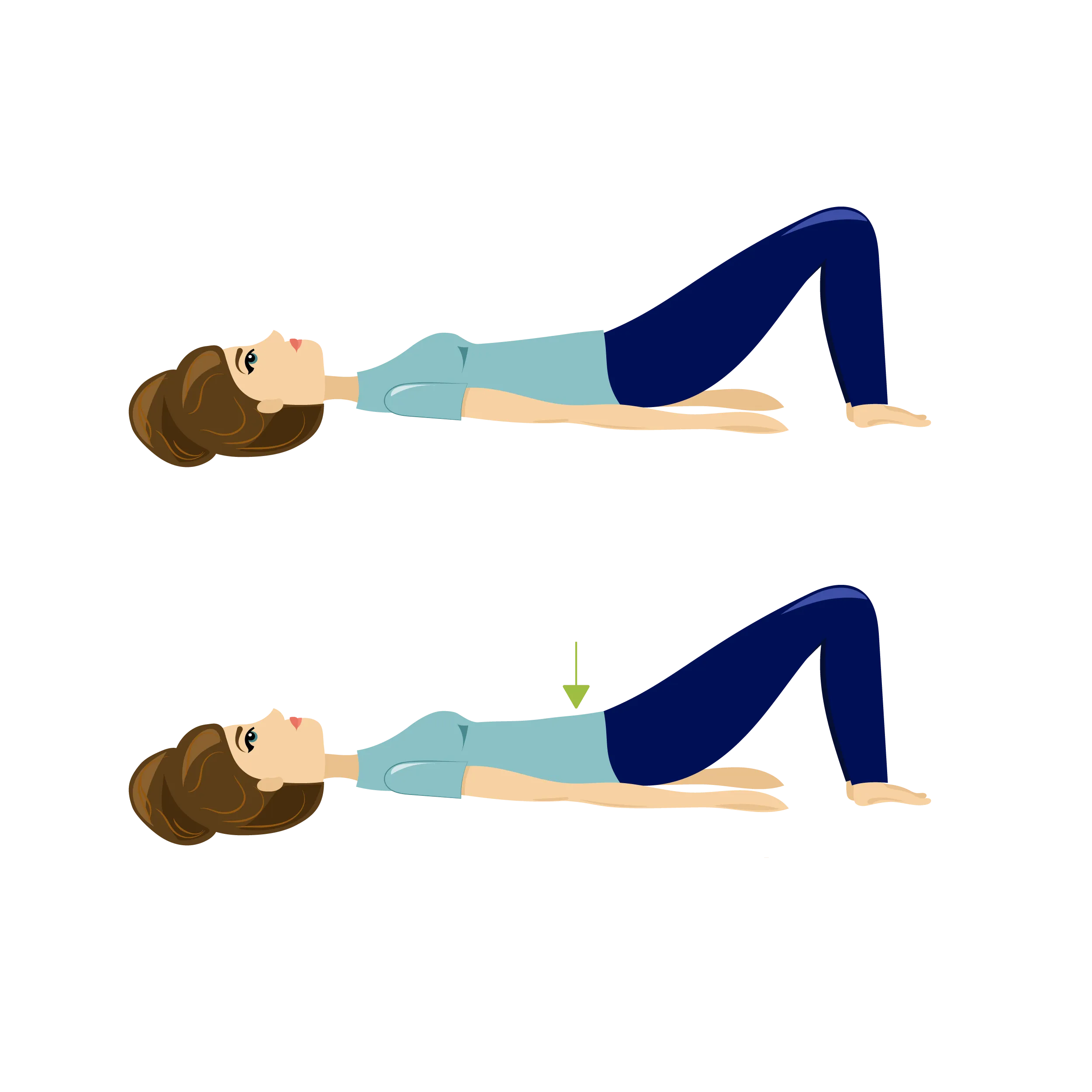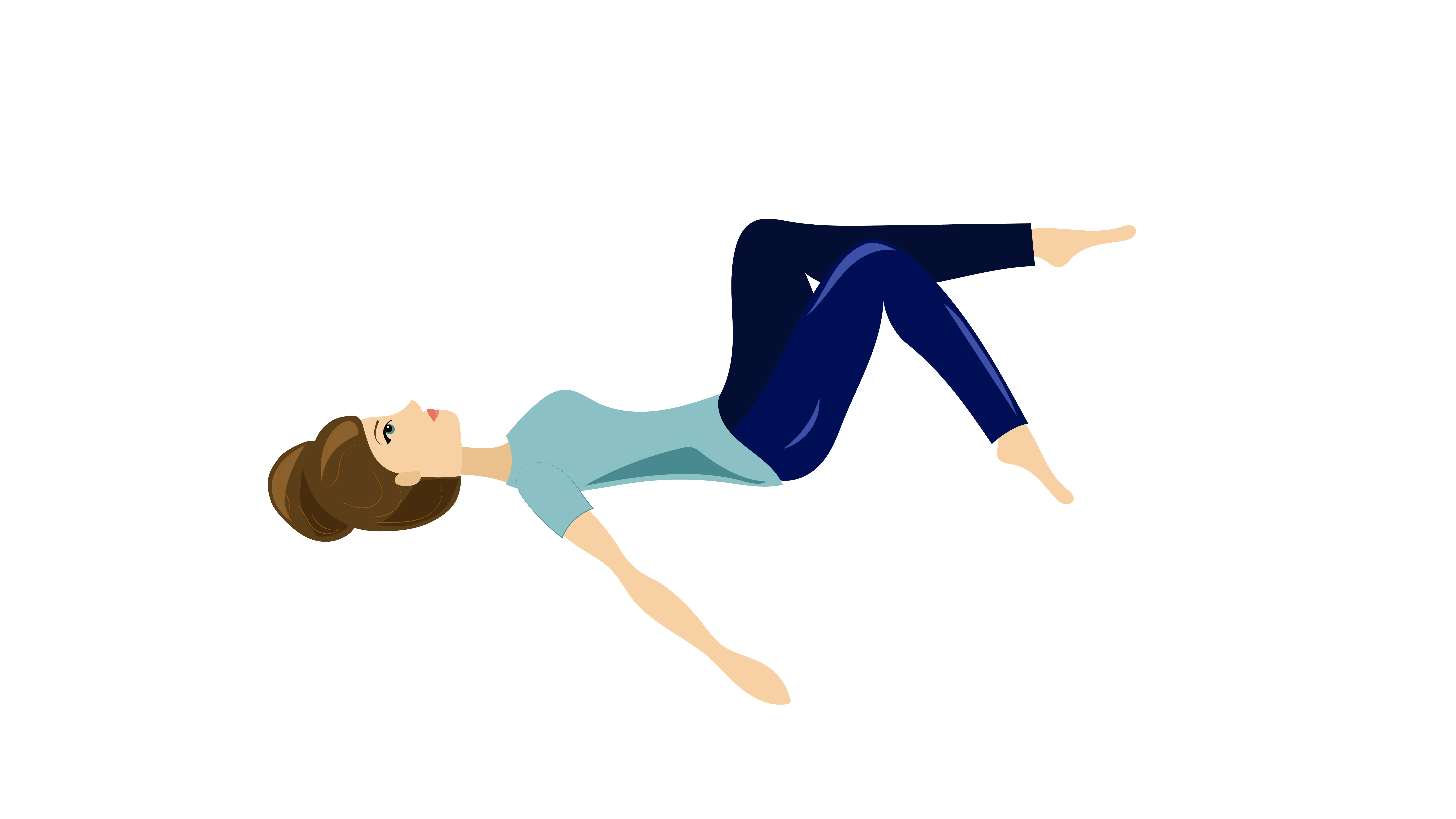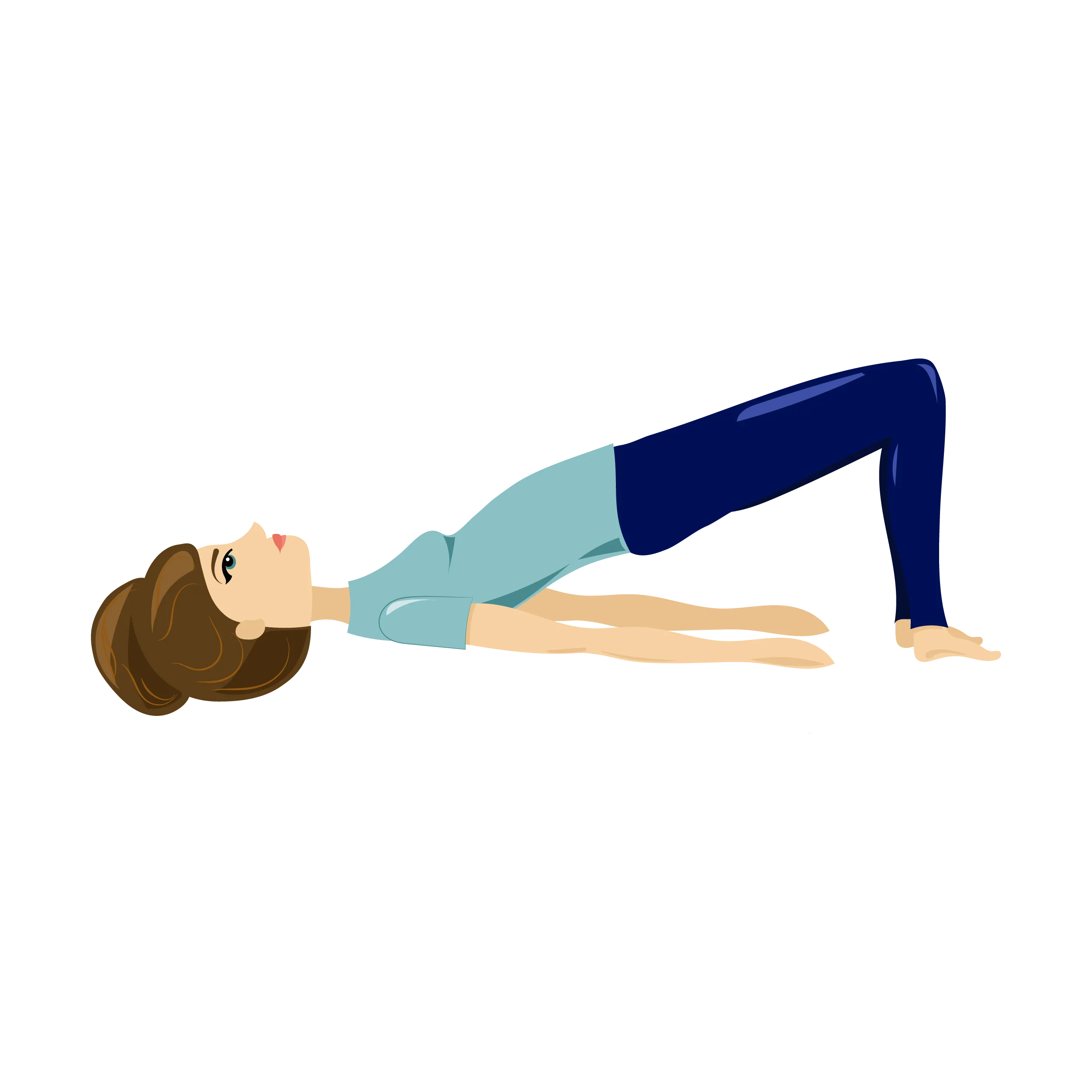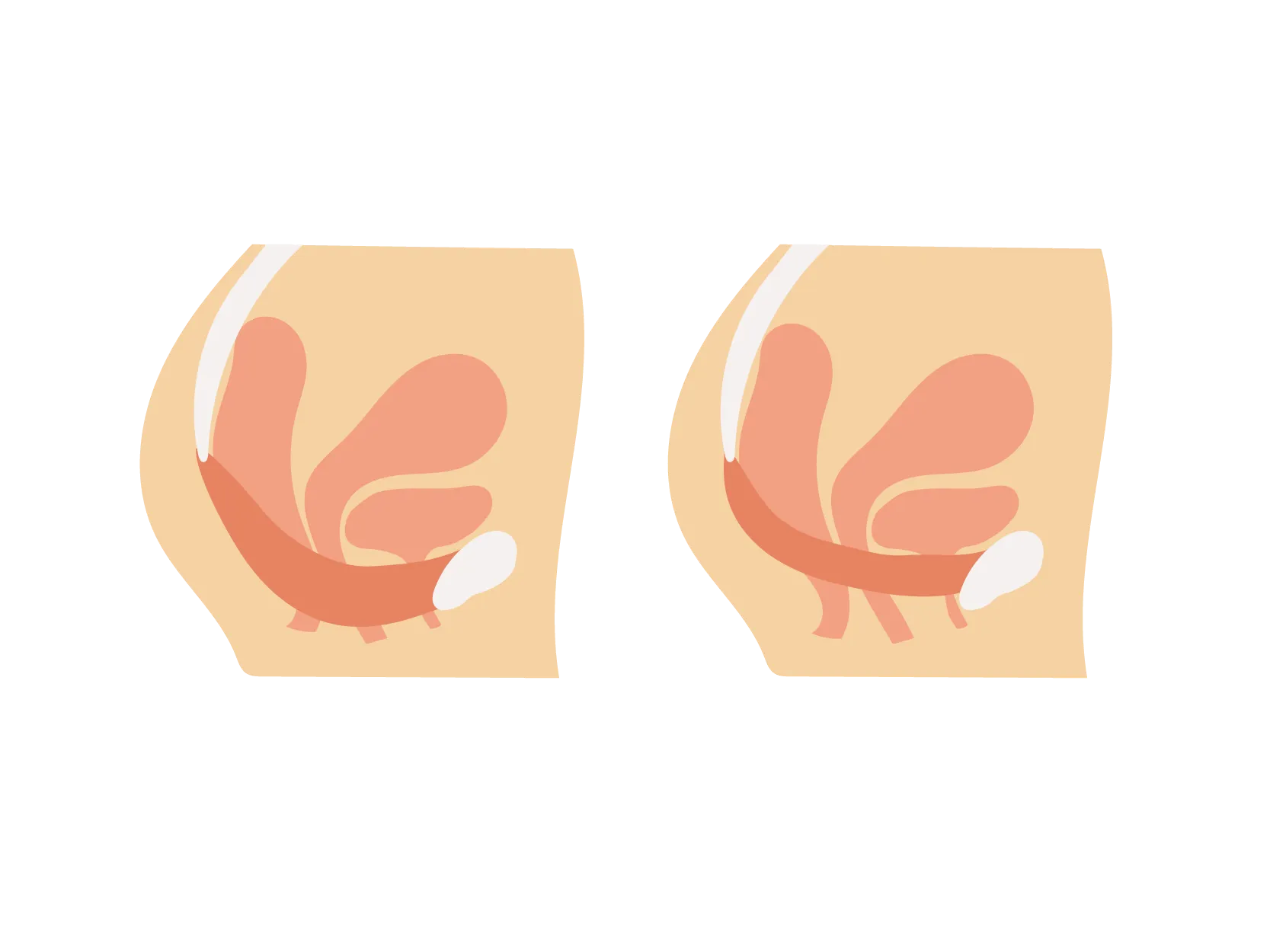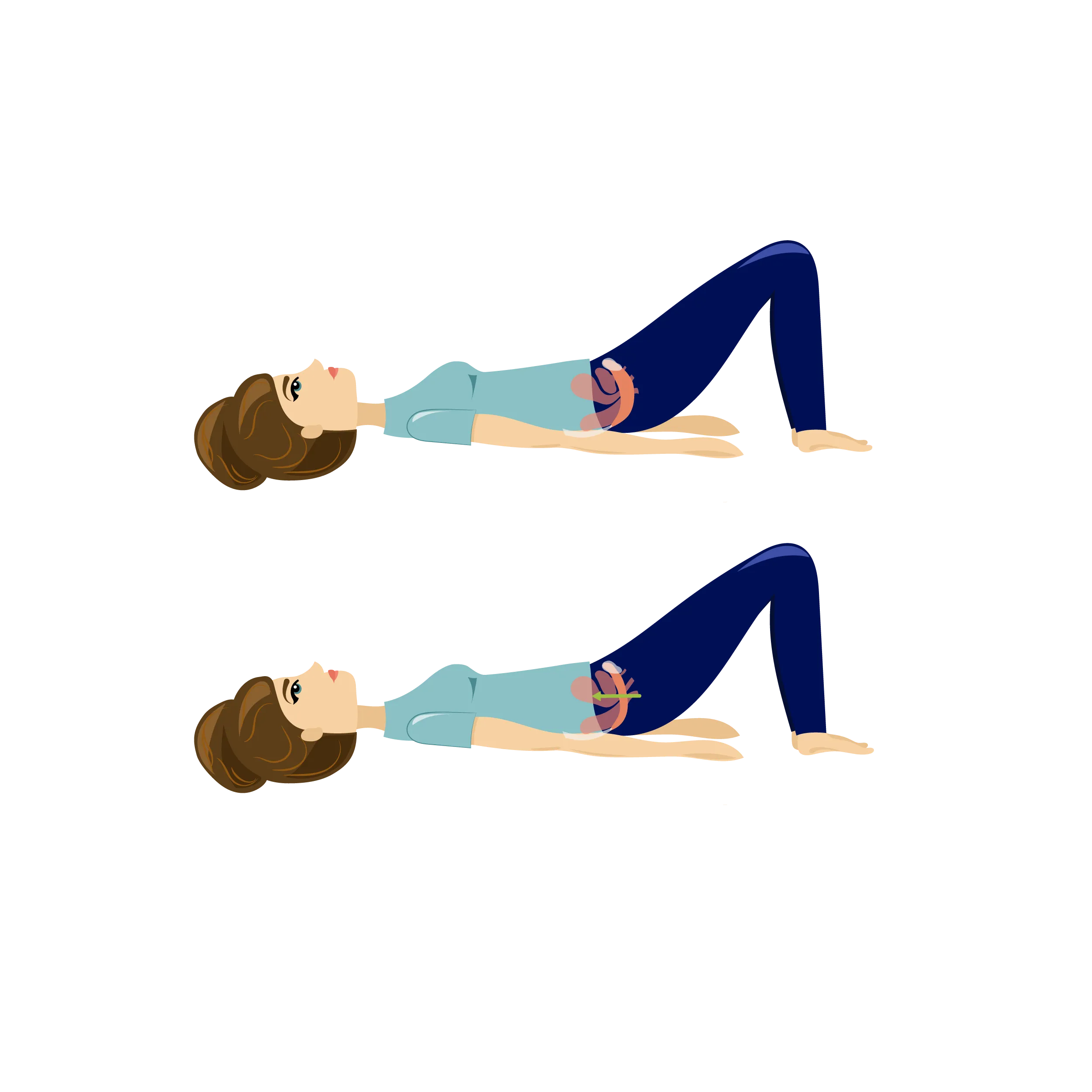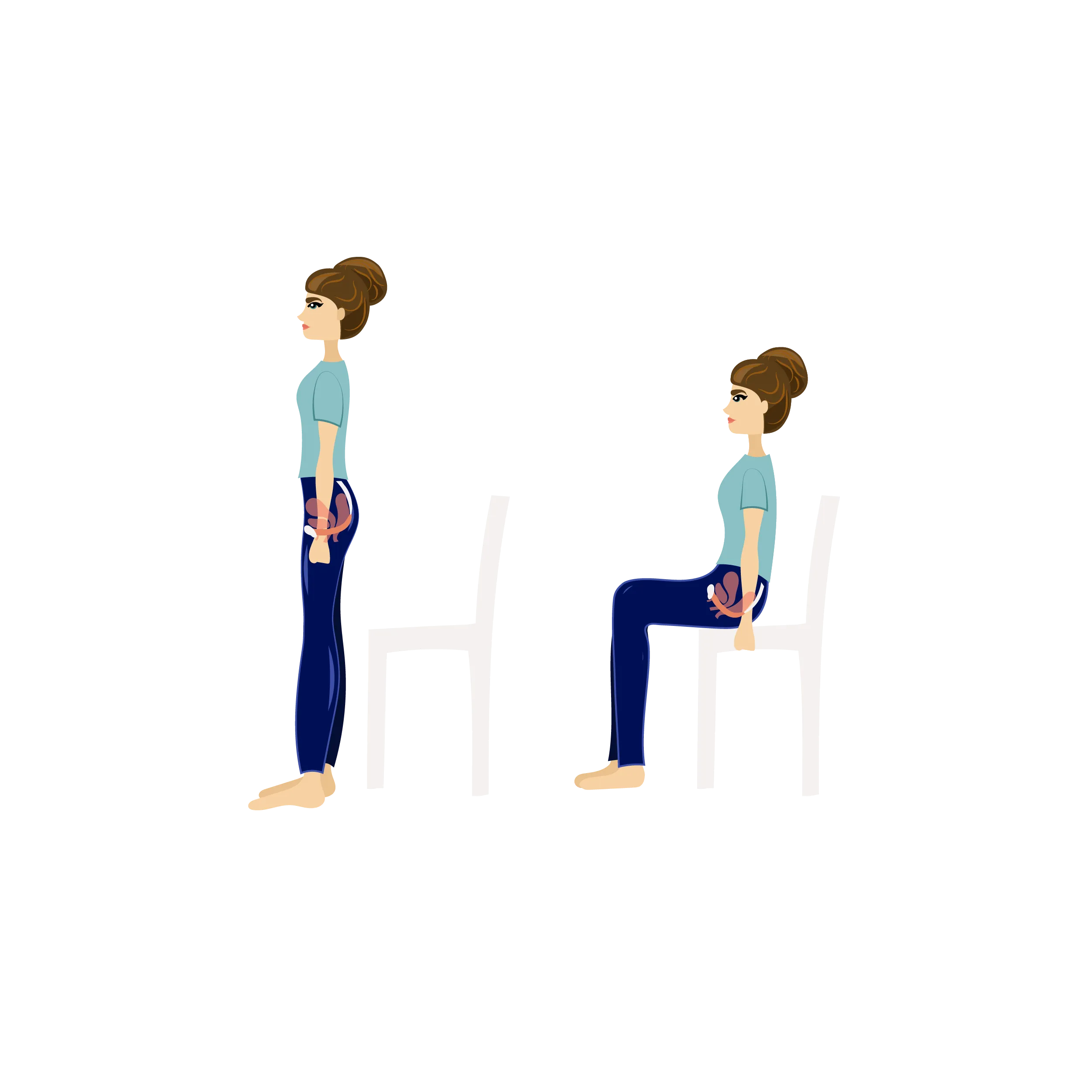Causes and symptoms
During pregnancy, the connective tissue that normally holds our abdominal muscles together becomes thinner and more elastic. This is to make room for the growing belly.
After birth, you may experience, for example, if you get up from a lying position, that you have an elongated bulge down towards your belly button. This is called a rectus diastasis (a gap between the straight abdominal muscles) and is completely normal. The connective tissue between the abdominal muscles will spontaneously contract over time and the bulge will become smaller. It is individual how long it takes before this happens.

If you have a diastasis, you should not be nervous about using your body when, for example, lifting, walking or running. But you should of course take into account and listen to your body.
What you can do yourself
After pregnancy and childbirth, the pelvic floor muscles may be weak. This means that you may have difficulty holding in water when, for example, sneezing and coughing.
It is therefore important to focus on the pelvic floor muscles. The pelvic floor has the task of closing the openings in the urethra, rectum and vagina and supporting the organs in the lower abdomen.



